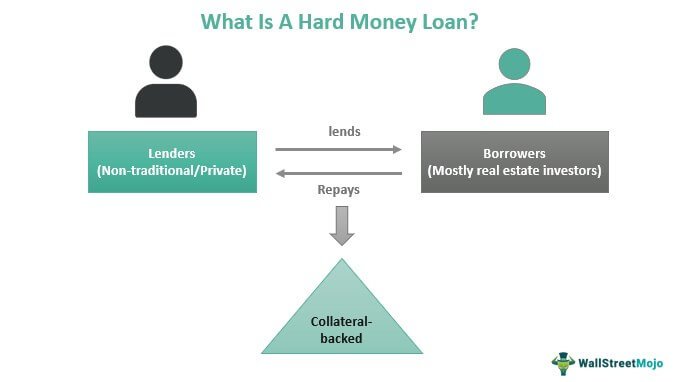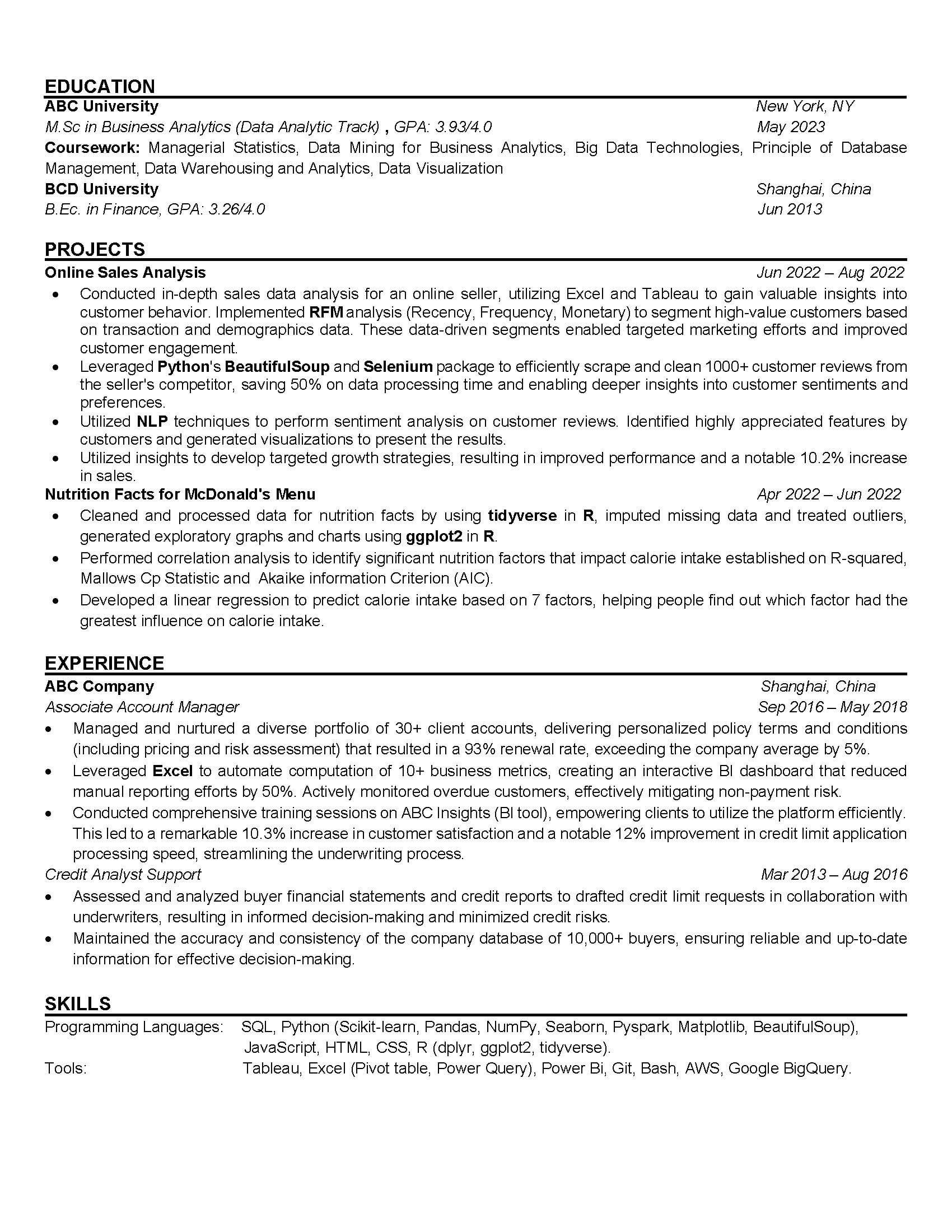Looking to navigate the challenging waters of a bear market? Well, you’ve come to the right place! In this article, we’ll delve into effective strategies for investing in a bear market, equipping you with the knowledge and insights to make informed decisions during periods of uncertainty. Whether you’re a seasoned investor or just starting your investment journey, understanding how to thrive in a bear market is crucial to protecting and growing your portfolio. So, let’s jump right in and explore these valuable strategies for investing in a bear market.
Strategies for Investing in a Bear Market
Introduction
Investing in a bear market can be a challenging endeavor, as it requires a different approach compared to investing in a bull market. A bear market is typically characterized by falling stock prices, increased market volatility, and a pessimistic economic outlook. However, with the right strategies and mindset, investors can still find opportunities to navigate through these difficult times and even turn them to their advantage. In this article, we will explore various strategies for investing in a bear market and provide you with valuable insights to help you make informed investment decisions.
Diversification
Diversification is a key strategy that can help mitigate risk during a bear market. By spreading your investments across different asset classes, such as stocks, bonds, real estate, and commodities, you can minimize the impact of any single investment declining in value. Diversification allows you to potentially benefit from areas of the market that may perform well, even when others are facing challenges.
- Invest in a mix of stocks, bonds, and other assets to reduce risk.
- Consider diversifying across different sectors and industries.
- Explore international markets to further diversify your portfolio.
Defensive Stocks
During a bear market, investors often shift their focus towards defensive stocks. These are stocks that are less affected by economic downturns and tend to perform relatively well even when the overall market is struggling. Defensive stocks can include companies that operate in industries such as healthcare, consumer staples, utilities, and telecommunications.
- Look for companies that have a history of stable earnings and strong cash flows.
- Consider dividend-paying stocks, as they can provide a source of income during market downturns.
- Research defensive sectors that have shown resilience in past bear markets.
Value Investing
Value investing is a strategy that involves identifying undervalued stocks and purchasing them with the expectation that their prices will eventually rise. In a bear market, there may be numerous stocks trading at discounted prices due to market pessimism. By conducting thorough research and analysis, investors can identify opportunities to invest in quality companies with strong fundamentals that are trading below their intrinsic value.
- Look for stocks with low price-to-earnings (P/E) ratios or price-to-book (P/B) ratios.
- Consider stocks of companies that have a competitive advantage or a strong brand presence.
- Be patient and have a long-term investment horizon when adopting a value investing strategy.
Opportunistic Investing
In a bear market, there are often opportunities for investors to take advantage of short-term price fluctuations and market dislocations. This strategy involves actively monitoring the market and identifying opportunities to buy assets at discounted prices or sell them when they are overvalued. Opportunistic investing requires a keen understanding of market dynamics and the ability to act swiftly.
- Keep a watchful eye on market trends and news to identify potential opportunities.
- Consider using technical analysis to identify support and resistance levels for trading opportunities.
- Have a clear plan and set price targets to take profits or cut losses.
Active Portfolio Management
During a bear market, it is crucial to actively manage your investment portfolio to adapt to changing market conditions. This involves regularly reviewing your holdings, rebalancing your portfolio, and making adjustments based on market trends and your investment objectives. Active portfolio management allows you to optimize your investments and minimize potential losses.
- Regularly review your investment portfolio and assess its performance.
- Consider rebalancing your portfolio to maintain your desired asset allocation.
- Stay updated with market trends and news to make informed investment decisions.
Alternative Investments
Alternative investments can offer diversification and potentially lower correlation with traditional asset classes during a bear market. These investments, such as real estate, commodities, hedge funds, or private equity, can provide unique opportunities to generate returns even when traditional markets are facing challenges. However, it is important to thoroughly research and understand the risks associated with alternative investments before allocating a portion of your portfolio to them.
- Explore real estate investment trusts (REITs) to gain exposure to the real estate market.
- Consider investing in commodities such as gold or silver as a hedge against inflation.
- Understand the liquidity and lock-up periods associated with alternative investments.
Investing in a bear market requires a thoughtful and strategic approach. By diversifying your portfolio, focusing on defensive stocks, adopting value investing, seizing opportunistic opportunities, actively managing your investments, and considering alternative investments, you can navigate through challenging market conditions and potentially turn them into profitable opportunities. Remember, successful investing is a long-term journey, and it is essential to stay informed, adapt to market changes, and seek professional advice if needed.
PAST BEAR MARKETS & How To Profit From Them
Frequently Asked Questions
Frequently Asked Questions (FAQs)
What are some strategies for investing in a bear market?
Investing in a bear market requires a different approach than in a bull market. Here are some strategies to consider:
How can diversification help in a bear market?
Diversification is crucial in a bear market as it helps to reduce the impact of individual stock or sector downturns. By spreading your investments across various asset classes, industries, and geographic locations, you can minimize the overall risk to your portfolio.
Should I consider short selling during a bear market?
Short selling involves selling borrowed shares with the intention to buy them back at a lower price, profiting from the price decline. It can be a risky strategy and requires careful analysis, making it more suitable for experienced investors who can handle the potential losses.
What is the role of bonds in a bear market?
Bonds are generally considered less volatile than stocks and can provide a stable income stream during a bear market. Investing in high-quality bonds or bond funds can help to protect your portfolio and provide a cushion against market declines.
How can I take advantage of buying opportunities in a bear market?
A bear market often presents buying opportunities as stock prices decline. Keeping some cash on hand allows you to take advantage of attractive valuations and potentially profit when the market rebounds. It’s essential to conduct thorough research and focus on fundamentally strong companies.
What risk management strategies should I employ in a bear market?
In a bear market, it is crucial to have a robust risk management strategy in place. This may include setting stop-loss orders to limit potential losses, regularly reviewing and rebalancing your portfolio, and considering the use of options or protective put strategies to hedge against further downturns.
Should I continue investing in a bear market?
Continuing to invest in a bear market can be beneficial for long-term investors. By adopting a dollar-cost averaging approach, you can invest a fixed amount at regular intervals, buying more shares when prices are low and fewer shares when prices are high. This strategy can help to mitigate the impact of short-term market volatility.
What role does patience play in bear market investing?
Patience is key when investing in a bear market. It’s important to remember that bear markets are typically temporary, and markets eventually recover. By staying patient and sticking to your long-term investment strategy, you can avoid making impulsive decisions based on short-term market fluctuations.
Final Thoughts
In a bear market, where stock prices decline and investor sentiment is negative, it is crucial to employ effective strategies for investing. First and foremost, diversification is key. Spreading your investments across different sectors and asset classes can help mitigate risk. Additionally, regularly reviewing and adjusting your portfolio to align with changing market conditions is essential. Taking a long-term perspective and focusing on quality investments rather than short-term fluctuations is another crucial strategy. Finally, staying disciplined and avoiding emotional decision-making can help navigate bear markets successfully. By implementing these strategies for investing in a bear market, investors can safeguard their portfolios and potentially capitalize on opportunities that arise.



